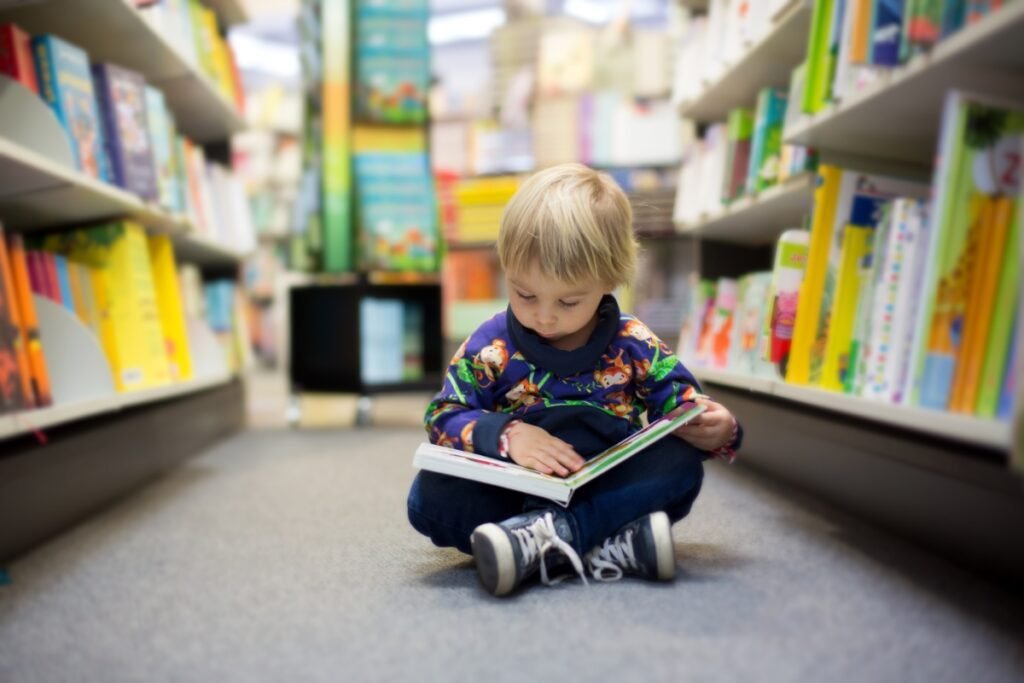Table of Contents
Every time a parent holds a book and reads to their child, they are creating a memory. But what goes into making that printed children’s book an unforgettable experience, and how does a company like mine, Huaxin Printing, ensure that every aspect of the production is top-notch? That’s a question that needs answering.
Printing children’s books is not just about putting ink on paper. It’s about understanding the nuances and ensuring safety and durability while captivating young minds.
Believe me, as someone who’s been running a professional book printing with over 35 years of experience in the industry, I’ve seen the evolution of children’s book printing and how much it has improved over the decades. And in this article, we’re diving deep into the essentials of printing children’s books that you should be aware of.
Diverse Bindings of Children’s Books
Exploring children’s books, you’ll find many types of covers. Each affects how the book looks, lasts, and feels to read. If you want to know about these covers, here’s a quick summary:
1. Hardcover: Often the go-to for timeless classics and keepsakes, hardcover books offer durability with a touch of elegance. The rigid cover protects the pages within, making it a popular choice for treasured bedtime stories.

2. Softcover: Lighter in weight and typically more affordable, softcover books are flexible and perfect for on-the-go reading. They cater to a wide range of stories, from whimsical tales to educational pieces.
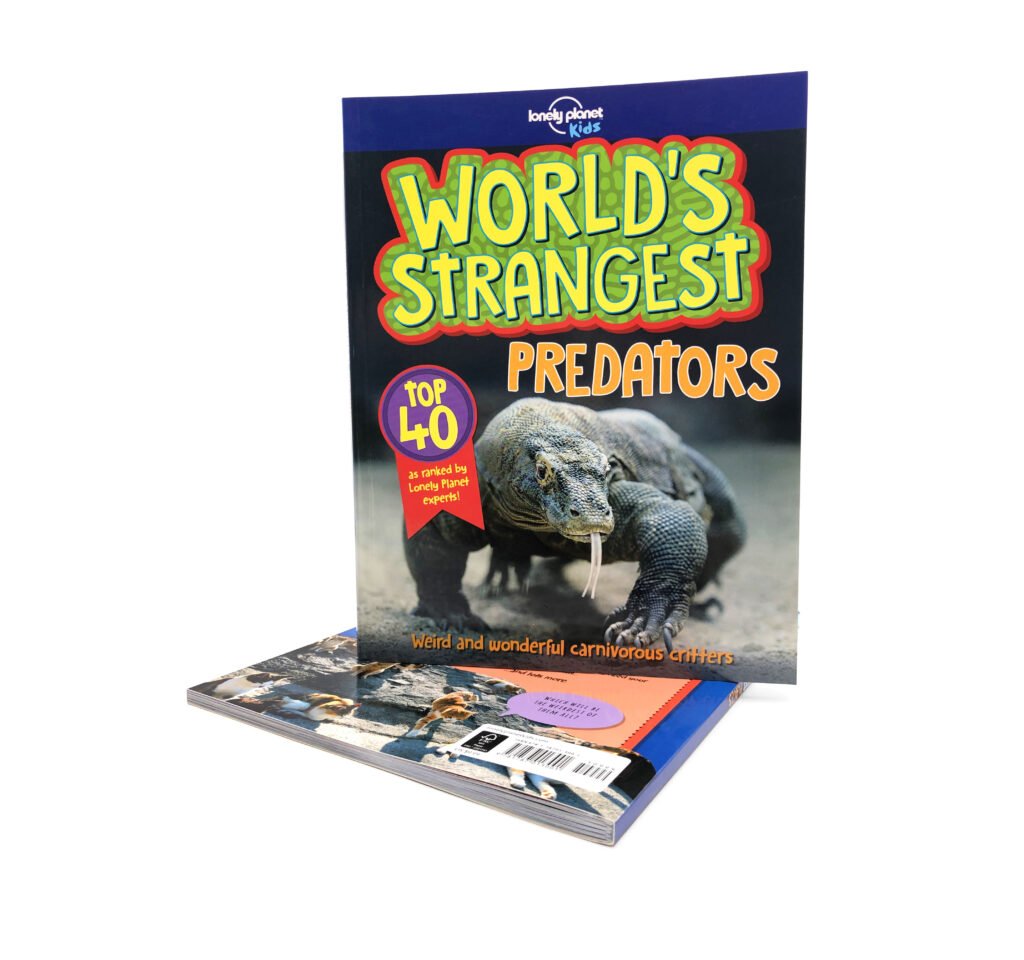
3. Board Books: Designed specifically for tiny hands, these books are crafted from thick, sturdy cardboard. They are resilient, making them ideal for toddlers who are prone to a bit of rough handling.
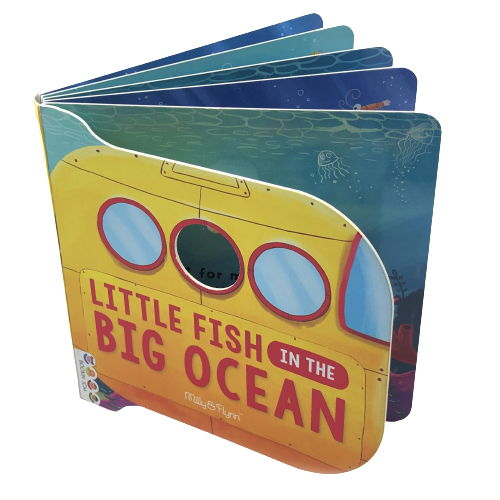
4. Pop-up Books: These wonders transform reading into a visual spectacle. As pages are turned, three-dimensional structures and scenes spring to life, making the story leap off the page.

5. Sound Books: Integrating auditory elements, sound books come with built-in buttons that play relevant sounds or narrations, enriching the storytelling experience.
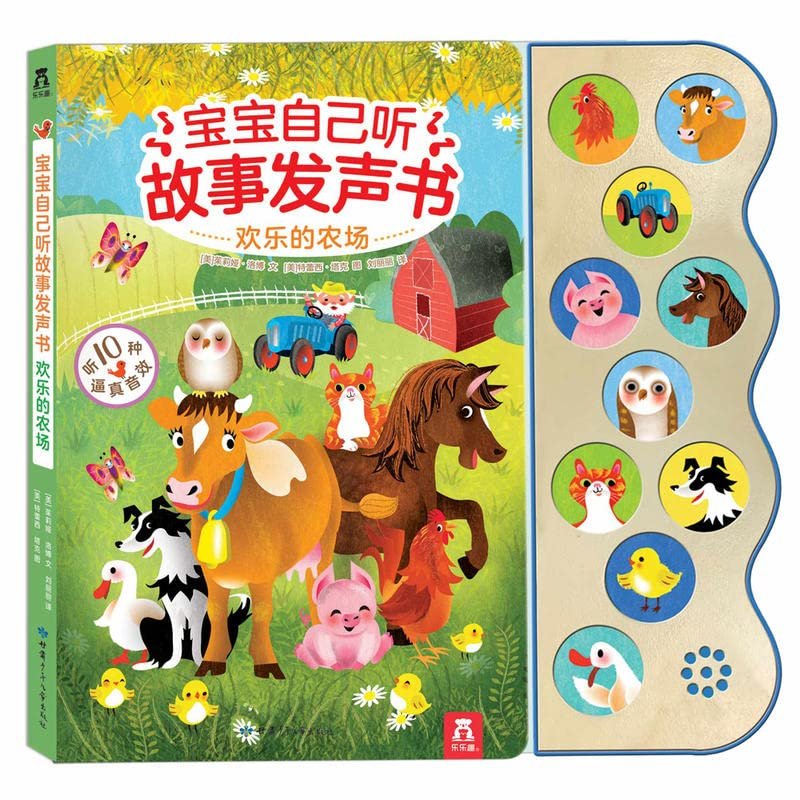
6. Spiral or Wire-O Binding: Employing metal or plastic coils, these books lay completely flat. They are a favorite for activity books or art projects where unrestricted page turning is essential.
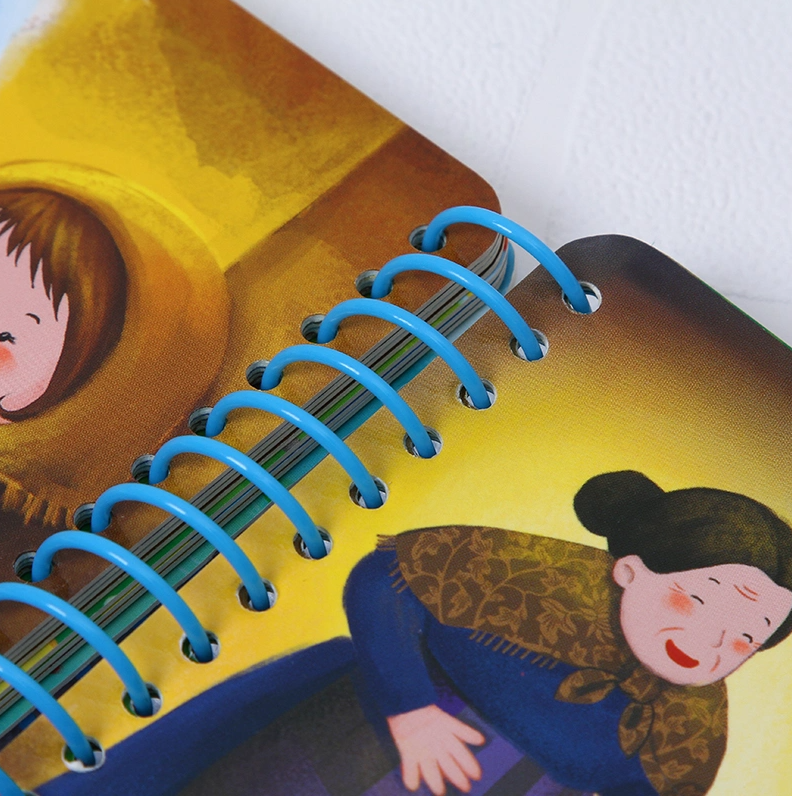
7. Novelty Book Kit: Beyond just a book, these kits come with added elements like toys, puzzles, or craft supplies, offering an interactive experience and encouraging hands-on learning.
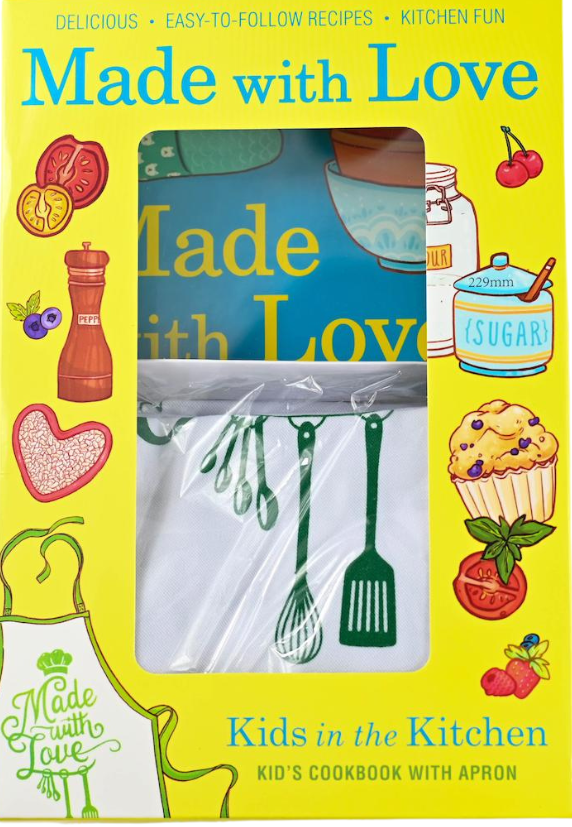
In essence, the world of children’s books is vast and varied. By understanding the intricacies of each binding type, readers and creators alike can make informed choices to best serve the young audience’s needs.
What is the commonly used paper for children books?
When it comes to printing children’s books, the choice of paper plays a pivotal role in determining the book’s overall look, feel, and durability. Each type of paper offers unique characteristics that can enhance the reading experience for young minds. Here’s a deep dive into the commonly used paper types:
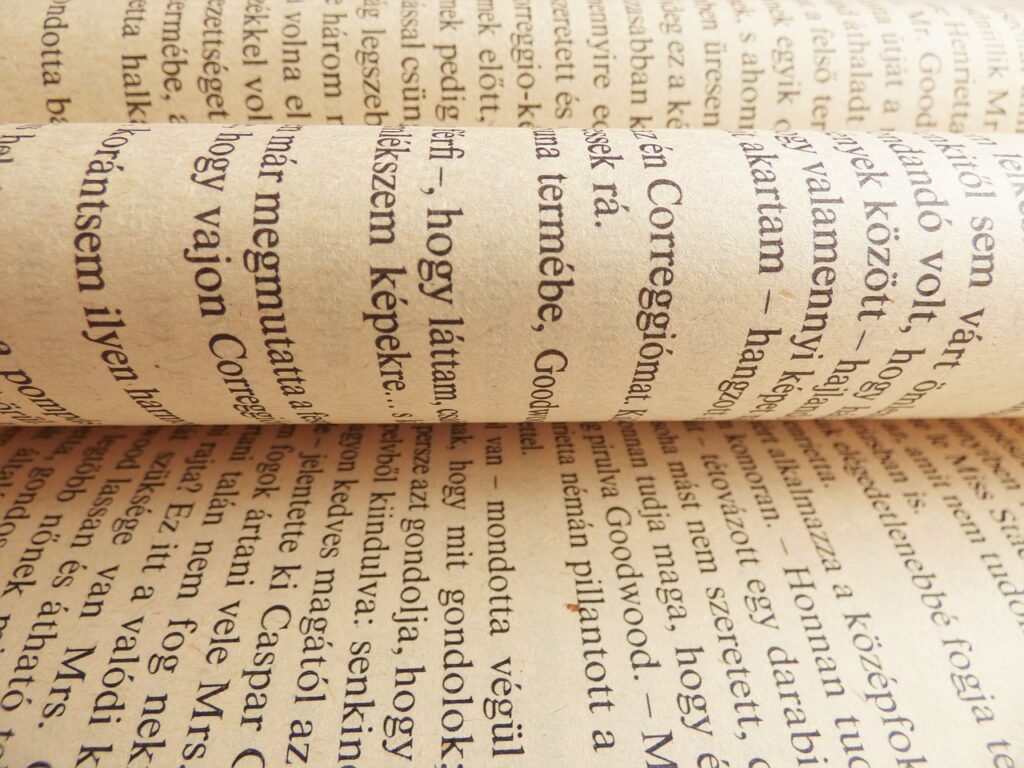
1. Matte/Glossy Art Paper: This is the darling of richly illustrated books. Whether it’s the subdued elegance of matte or the vibrant shine of glossy, art paper provides a smooth canvas that brings illustrations to life. The high-quality finish ensures that colors pop, making it ideal for picture books that rely on striking visuals.
2. Uncoated Woodfree Paper: For those who appreciate a more organic touch, uncoated woodfree paper is the way to go. Its textured surface gives it a natural feel, making it an excellent choice for stories that aim for a rustic or vintage aesthetic. Additionally, its tactile nature is favored for endpapers, providing a bridge between the cover and the book’s inner pages.
3. Specialty Paper: When it comes to book covers, specialty paper steals the spotlight. From embossed patterns to metallic finishes, these papers are all about making a statement. They not only offer durability but also impart a touch of luxury, ensuring that the book stands out on a shelf.
In summary, the paper chosen for a children’s book can significantly influence its appeal. It’s a blend of art and science, ensuring that stories are not just read but also felt. When selecting a printing partner, it’s essential to understand these nuances to achieve the desired outcome. For more details about choosing the right paper for your books, you may click here.
Things to remember about prepress for children book printing
Over the years of my professional career, once in a while I would witness the situation that a beautifully designed and printed children book turned into a complete disaster, simply because the necessary prepress works were not done completely.
Prepress makes sure the art and text are ready for great printing. If you’re getting into children’s book printing, it’s really important to know about prepress.Here’s a snapshot of the crucial prepress tasks:
1. Proofing with Precision: Before anything goes to press, proofing is imperative. This involves a meticulous review of the entire book, ensuring that all elements, from text to illustrations, from layout to colors, are free from errors. It acts as the final checkpoint, guaranteeing that what’s printed mirrors the author’s and illustrator’s vision. Click here for more detailed step-by-step instruction for how to properly work on proofing.
2. Nailing the Basic Layout: At the heart of a perfectly printed book lies a well-executed layout. Key considerations include:
– Ensuring a bleed of at least 3mm to avoid unwanted white edges.
– Adhering to a resolution of 300dpi, guaranteeing sharp images and text.
– Utilizing the CMYK color mode, optimized for printing, rather than RGB, which is designed for screens.

3. Color Profiling for Paper Material: Every paper type interacts differently with ink. It’s essential to apply the correct color profile corresponding to the chosen paper material. This ensures that the hues in the final printed book remain true to the original design, capturing the vibrancy and mood intended by the creators.
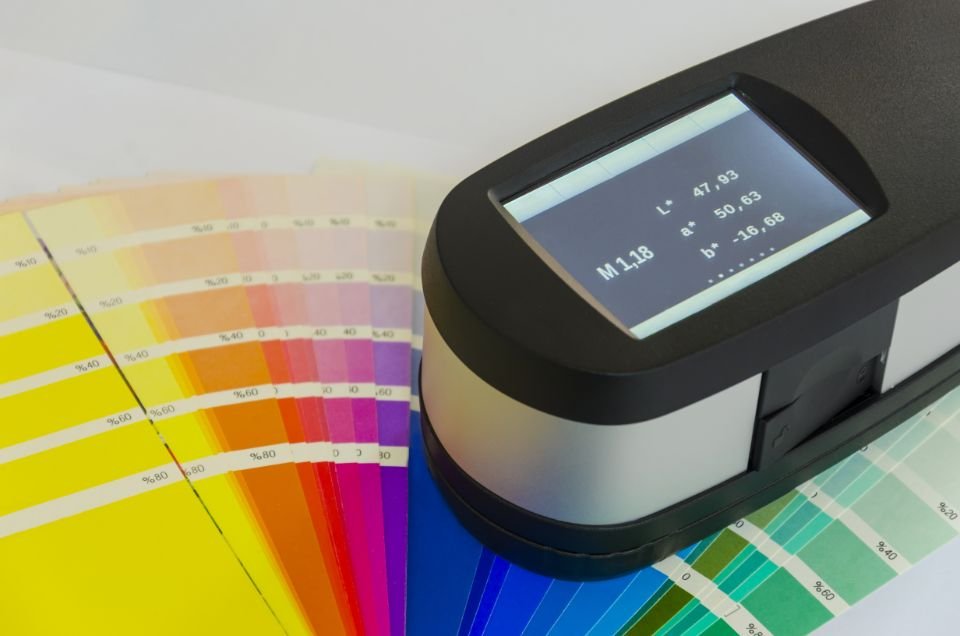
In conclusion, prepress is where the rubber meets the road in the world of book printing. By giving due diligence to these essential tasks, one ensures that the printed children’s book not only tells a captivating story but also stands as a testament to impeccable craftsmanship. Huaxin Printing is providing a full range of prepress for clients globally, services ranging from reprographics, color retouching, color managing, layout design and proofing. Click here to see how we are not a mere printer, but more as a full-fledged repro house for publishers.
Post-Printing Challenges in Children’s Book Manufacturing
When making children’s books, the work isn’t done once the pages are printed. There are important steps to follow afterward to ensure the book is of good quality and safe. Here’s a concise guide to navigating these crucial steps:
1. Ensuring Finishing Longevity: The allure of a beautifully printed book often lies in its finishing touches. Whether it’s the gleam of foiling or the protective layer of lamination, these finishes must adhere securely. For instance, certain combinations, like a few types of foiling on top of lamination, can be prone to peeling. It’s imperative to ensure that these elements stay firmly in place, maintaining the book’s aesthetic and durability.
2. Prioritizing Child Safety with Add-ons: Children’s books often incorporate tactile elements to engage young readers—think pop-ups, buttons, or flaps. While these add-ons enhance the reading experience, it’s crucial to ensure they are securely attached. Any loosely adhered elements can pose a choking hazard, making it essential to prioritize safety alongside creativity.
3. The Imperative of Dehydration: Post binding, books can retain moisture, leading to potential warping or page distortion. Implementing a dehydration step is vital. By allowing books to undergo a controlled drying process, one can ensure they maintain their shape and form, guaranteeing longevity and a premium feel.
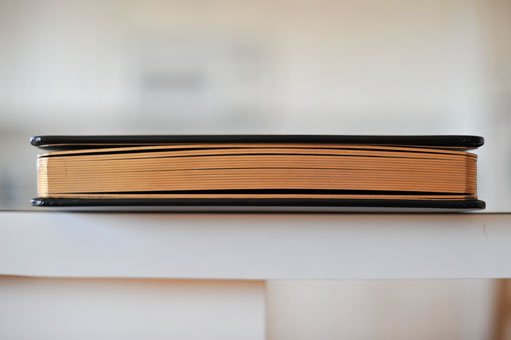
Simply put, while kids love the pictures and stories in a book, the real work is in the finishing touches after printing. By taking care of these details, makers create books that are both beautiful and safe.
Prioritizing Safety in Children’s Book Manufacturing
When diving into the world of children’s books, safety isn’t just a priority—it’s paramount. When it comes to young readers, no stone should be left unturned to make certain that books are both delightful and safe. Here’s what to watch out for:
1. Design Safety: Children are hands-on with their books, making design safety paramount. Features like round corners can prevent cuts or scrapes. Materials like EVA, being soft and flexible, reduce the risk of injuries and enhance the tactile experience for young fingers.
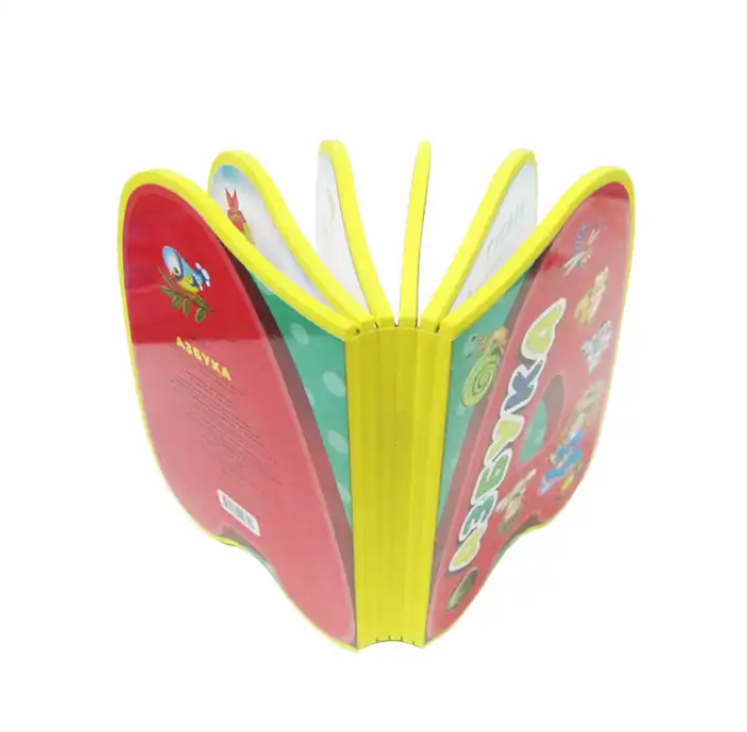
2. Material Safety: The ingredients that go into making a book are as important as the content itself. For instance, using soy-based inks ensures that the colors are non-toxic. Additionally, having Material Safety Data Sheets (MSDS) for all components can provide transparency and assurance about the safety of the materials used.
3. Attachment Safety: Interactive elements, such as buttons or pop-ups, add a fun dimension. However, it’s crucial to ensure these are firmly attached. Loose attachments can be a choking hazard, emphasizing the importance of rigorous quality checks.
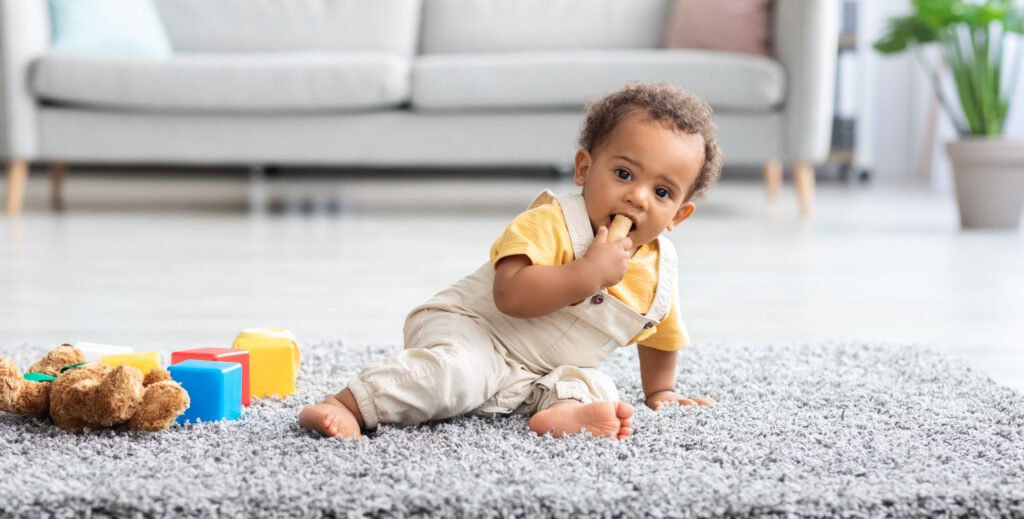
In essence, when manufacturing children’s books, the blend of storytelling magic with a keen eye on safety makes the reading journey both enchanting and secure for our little ones.
Certificates to Seek in Children’s Book Manufacturing
When embarking on the production of children’s books, choosing a printer isn’t solely about quality and pricing. Ensuring that the printer aligns with ethical, environmental, and brand-specific standards is equally vital. Here are some essential certificates to consider:
1. Social Compliance: Prioritizing ethically produced books is paramount. Certificates such as SMETA, BSCI, and ICTI validate that printers adhere to ethical trading standards, guaranteeing fair labor practices and a commitment to workers’ rights.
2. Environment: Sustainable printing is more than just a trend; it’s a responsibility. Certifications like FSC, PEFC, and ISO 14001 signify that a printer operates with eco-friendly practices. These could range from using sustainable paper sources to minimizing environmental impact through efficient operations.
3. Brand Licensing: If your book features characters or themes from renowned brands like Disney or DC Comic, it’s essential that your printer has the appropriate licensing certificates. This ensures they have the rights to reproduce the content and guarantees that the final product aligns with brand quality and standards.
In short, while the story inside a book grabs readers, how it’s made shows the printer’s care for doing things right and being green. Always pick a printer whose work you believe in.
Conclusion
In the world of children’s book printing, the details matter. From ethical work standards to caring for our planet, it’s essential to choose a printer that values both the story and how it’s brought to life. Huaxin Printing stands as a beacon in this domain, not just for our top-quality prints but also for our unwavering commitment to ethical practices and environmental responsibility.
When you partner with Huaxin, you’re not just getting a book; you’re getting a promise of quality, care, and integrity. Let’s craft beautiful stories together, ensuring every page resonates with our shared values.


